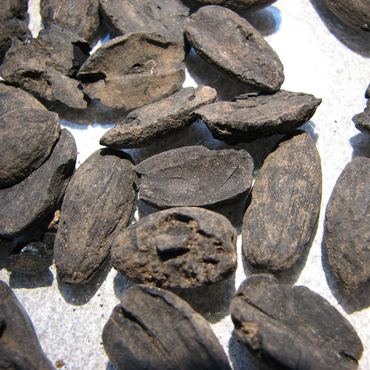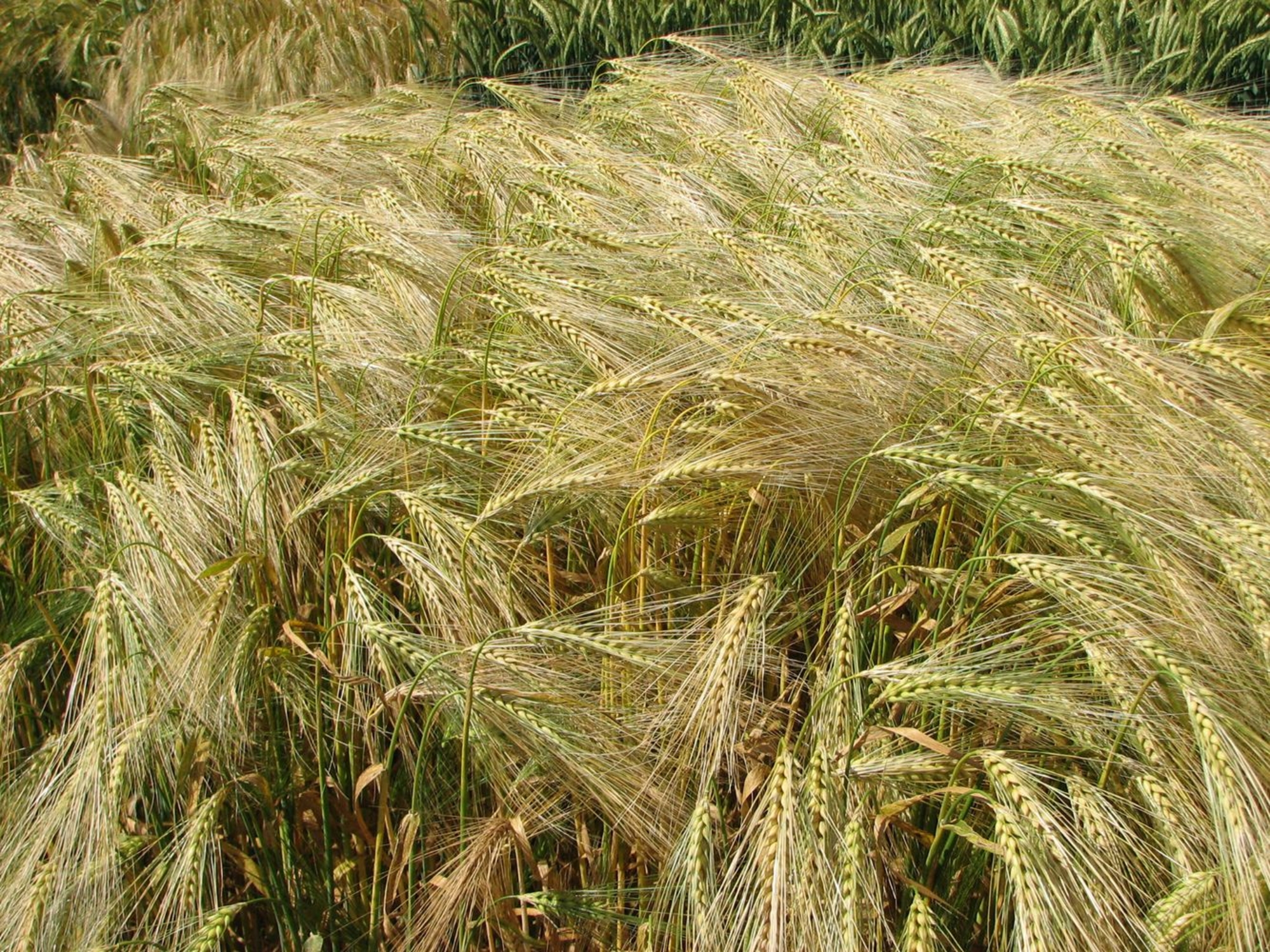
- Home
- Daily life
- Agriculture and subsistence
- Fruit and grain
The fruit and grain preserved in the storage buildings, ovens and rubbish pits give us direct evidence of the agricultural practices and dietary habits of people who disappeared long ago. They also tell us about the domestication and dissemination of new plants. Carpology is the archaeological discipline which studies these vestiges. Carpological remains record the evolution of plant sequences due to the effects of human activity, as well as climate change. A highly effective tool for researching cultivation systems and agricultural products, it enables the long term study of the solutions devised by rural communities to changes in their economic situation. In this sense, the discipline stands at the junction of botany, agronomy, archaeology, ethnology and history.
Carbonisation, either deliberate, or more usually accidental, enables seeds to be preserved. This type of event occurs when meals are being prepared, when a store catches fire, when fields are burned post-harvest or when grain is roasted to make beer. The best represented plants are cereals, legumes and certain fruits, such as acorns, which are frequently eaten.
Seeds and fruit are identified by comparing fossilised examples with modern specimens. Species can be determined with great precision and this has given us detailed knowledge of the plants grown by the Gauls and the weeds which grew in their fields and of the landscape where they settled and developed.
Some groups of weeds may be characteristic of agricultural practice, such as manuring, crop rotation, hoeing or irrigation.
Associated media
Open Media Library
